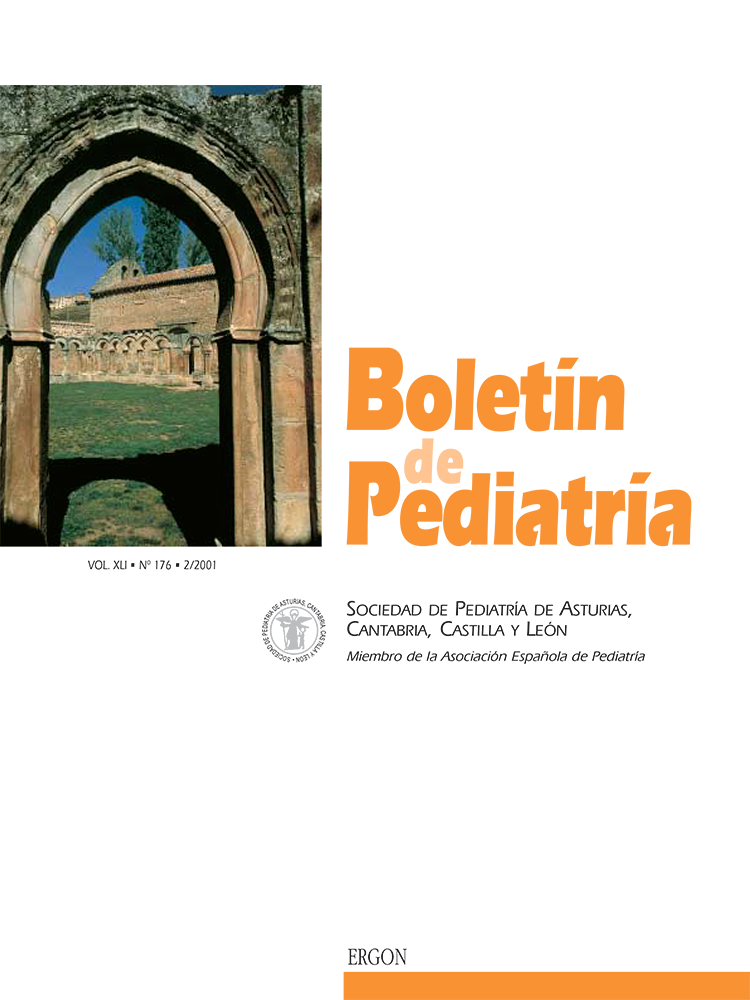Abstract
Abstract Most of the vascular abnormalities that occur in childhood can be differentiated by a physical examination and exhaustive clinical history. Sometimes, it is necessary to use the Doppler ultrasonograph or Magnetic Nuclear Resonance to diagnose them, principally in profound lesions with undefined appearance. Classification of vascular abnormalities is established based on biological criteria, such as hemangiomas and vascular malformations. This classification includes physical, clinical behavior and cellular kinetics data. Establishing a differential diagnosis between both types of abnormalities will make it possible to obtain better understanding and thus attitude related to them in accordance with their clinical evolution. Hemangiomas are the most frequent benign neoplasms in infants and are seen in the first weeks of life with rapid growth which continues up to one year of age in a lesser form as a characteristic piece of data. This corresponds to the proliferative phase, which then continues with an involution phase up to 7-10 years of age. Vascular malformations (VM) are not neoplasms. They are abnormalities of the vessels due to errors in vascular morphogenesis. They are derived from capillary, arterial, venous or embryonic lymphatic behaviors or due to combinations of these. Their symptoms and signs and treatment vary according to their hemodynamics, size and anatomic site. Vascular malformations at birth are already present by definition and do not present cellular proliferation and have no involutive potential.

This work is licensed under a Creative Commons Attribution-NonCommercial 4.0 International License.
Copyright (c) 2001 Boletín de Pediatría
